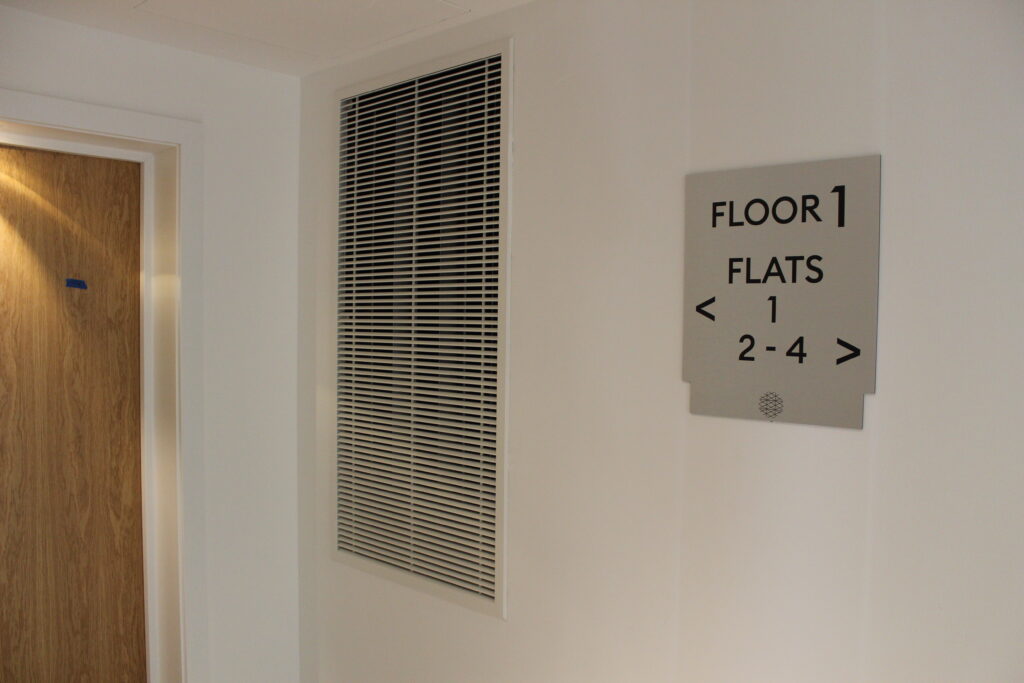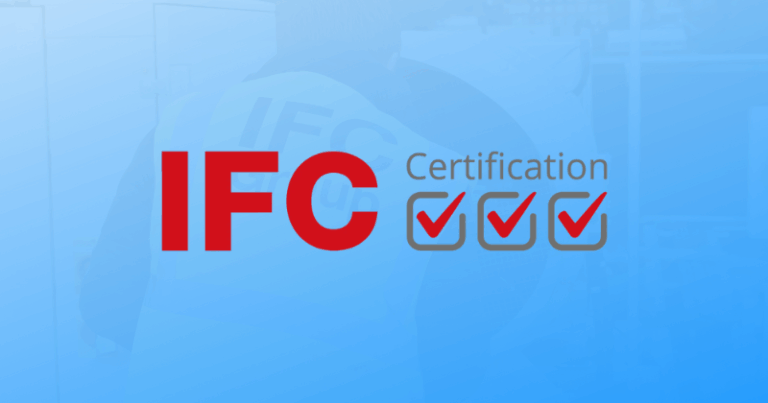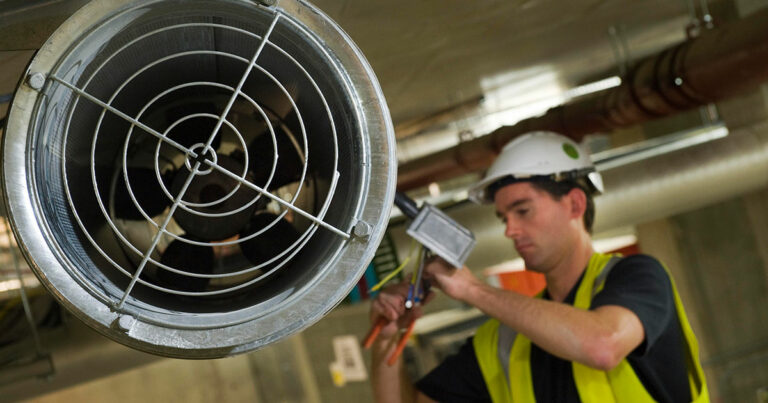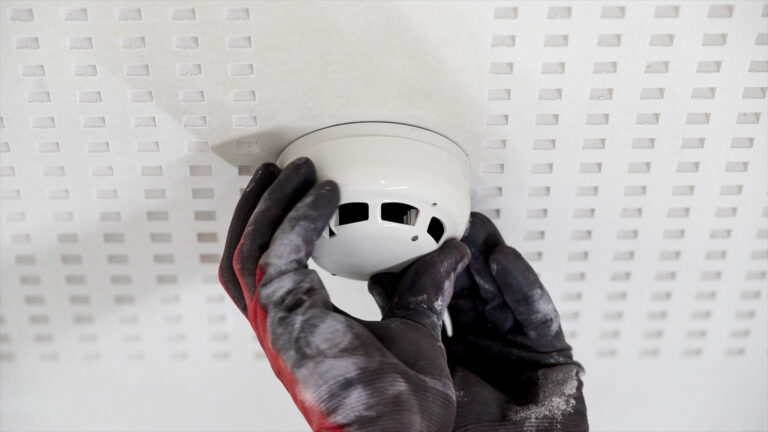Smoke ventilation systems are life-critical elements in a building’s fire safety strategy. To ensure they function effectively during emergencies, they must be designed, installed, and maintained in accordance with British standards.
This article breaks down the key Smoke Vent Maintenance Standards, highlights recent regulatory updates, and outlines how FDS Maintenance ensures compliance with these standards.
What Are the Smoke Vent Maintenance Standards?
British Standards (BS) define best practices for safety, performance, and consistency in smoke control systems.
Key BS Smoke Vent Maintenance Standards include:
BS EN 12101 Series
This suite of standards addresses specific system components:
- 12101-2: Natural smoke and heat exhaust ventilators (NSHEVs)
- 12101-3: Powered ventilators
- 12101-6 & 12101-13: Pressure differential systems (stairwells, lobbies)
- 12101-10: Power supplies and battery backup
These standards outline essential design, installation, and general maintenance considerations; however, detailed schedules and specific inspection tasks are further defined by codes of practice, such as BS 7346-8:2013 and BS 9999.
BS 9999
- Guides integrating smoke control with overall fire safety management.
- Recommends daily, weekly, monthly, and annual testing routines.
Regulatory Reform (Fire Safety) Order 2005
The RRO mandates that all fire safety systems, including smoke ventilation, be maintained in an efficient working order. Compliance with BS EN 12101 and BS 9999 demonstrates legal adherence.
Recent Updates and Legal Duties:
- Fire Safety (England) Regulations 2022: Monthly routine checks for high-rise residential buildings are now legally required. Any critical faults that are not resolved within 24 hours must be reported to the local fire authorities.
- Building Safety Act 2022: High-risk buildings must maintain comprehensive “golden thread” documentation detailing fire safety systems and maintenance records.
Why Do These Standards Matter?
- Life Safety: Compliance ensures systems function effectively in real-world emergencies.
- Legal Compliance: Non-compliance can result in enforcement actions, fines, and legal liabilities.
- Insurance Validity: Poor maintenance documentation can lead to the denial of fire-related claims.
- Building Transactions: Non-compliant systems can hinder property transactions and occupancy certification.
What Does Maintenance Under BS EN 12101 Involve?
For Natural Systems (BS EN 12101-2):
- Actuator checks for movement, response time, and power draw
- Inspection for corrosion, obstructions, and seal integrity
- Clean opening mechanisms and verify weather-tightness
For Mechanical Systems (BS EN 12101-3):
- Operational tests under simulated fire conditions
- Verify automatic switchover to backup power
- Duct inspection for wear, leaks, and fire-resistance integrity
- Annual cleaning of smoke shafts and ductwork
For Pressurisation Systems (BS EN 12101-6/13):
- Sensor calibration and control logic verification
- Fan performance and pressure balancing checks
- Inspect pressure relief dampers and seals
For Control Panels and Batteries (BS EN 12101-10):
- Regular battery discharge testing
- Visual inspections for leaks and corrosion
- Firmware and communication diagnostics
- Verify fault indicators and alarm interfaces
Maintenance Frequency Guidelines
Recommended frequency includes:
- Daily: Visual check of control panel indicators
- Weekly: Basic operational checks (by trained in-house staff)
- Monthly: Partial system tests and inspections (legally required in high-rise residential buildings)
- Quarterly: Recommended professional checks for complex or high-risk buildings
- Semi-annual: Minimum professional servicing frequency for all buildings
- Annual: Comprehensive re-commissioning and documentation review by a certified organisation
Who Can Perform Compliant Maintenance?
Maintenance should be conducted by:
- In-house staff trained specifically for routine checks
- Competent persons with demonstrable smoke control knowledge
- Accredited companies certified specifically for smoke control system maintenance (e.g., IFC Certification’s SDI 19)
Key Documentation to Retain:
- Commissioning certificates
- As-built drawings
- Detailed maintenance logbooks
- Compliance reports
- Service provider qualifications and certifications
Common Non-Compliances to Avoid:
- Missing or incomplete documentation
- Non-functional actuators or smoke fans
- Uncalibrated sensors
- Vent obstructions (e.g., debris or construction materials)
- Use of non-compliant upgrade parts or unverified repairs
 How FDS Maintenance Ensures Compliance:
How FDS Maintenance Ensures Compliance:
- System audits to identify risks and compliance gaps
- Scheduled servicing tailored to the building’s risk profile
- Digital compliance reports structured around BS EN 12101
- Advisory updates when standards change
- Coordinated servicing across smoke control and fire alarm systems for integrated fire safety management
Smoke Vent Maintenance Standards are crucial for ensuring life safety, compliance with legal requirements, and maintaining property integrity. FDS Maintenance ensures your systems consistently meet these critical standards and regulatory requirements.
Book your compliance check or service visit with FDS Maintenance today.





